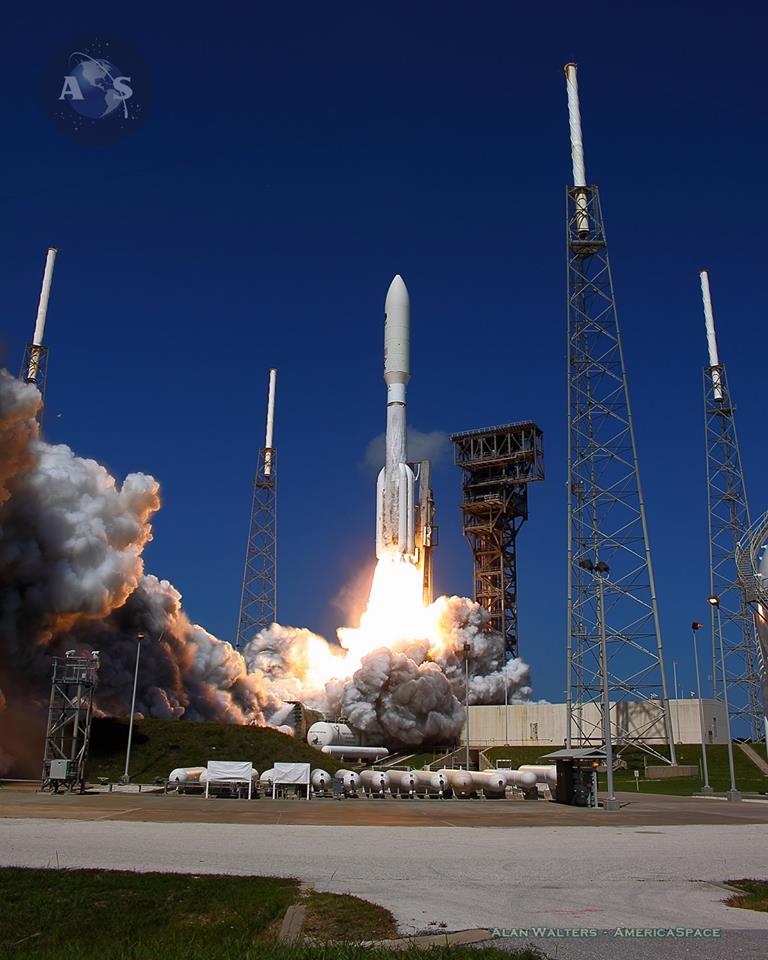

As summer heats up, SpaceX and United Launch Alliance (ULA) on Tuesday announced early and late-month launches from Cape Canaveral Space Station in Florida. First up, no earlier than 2:57 a.m. EDT Wednesday, a veteran Falcon 9 rocket will soar From the historic Space Launch Complex (SLC)-40loaded with 20 Starlink low-orbit internet communications satellites. And in late July, with an eye toward a July 30 liftoff, an Atlas V 551 — nicknamed “The Bruiser” by ULA CEO Tory Bruno — will lift off from nearby SLC-41 carrying the highly secretive USSF-51 payload for the U.S. Space Force.
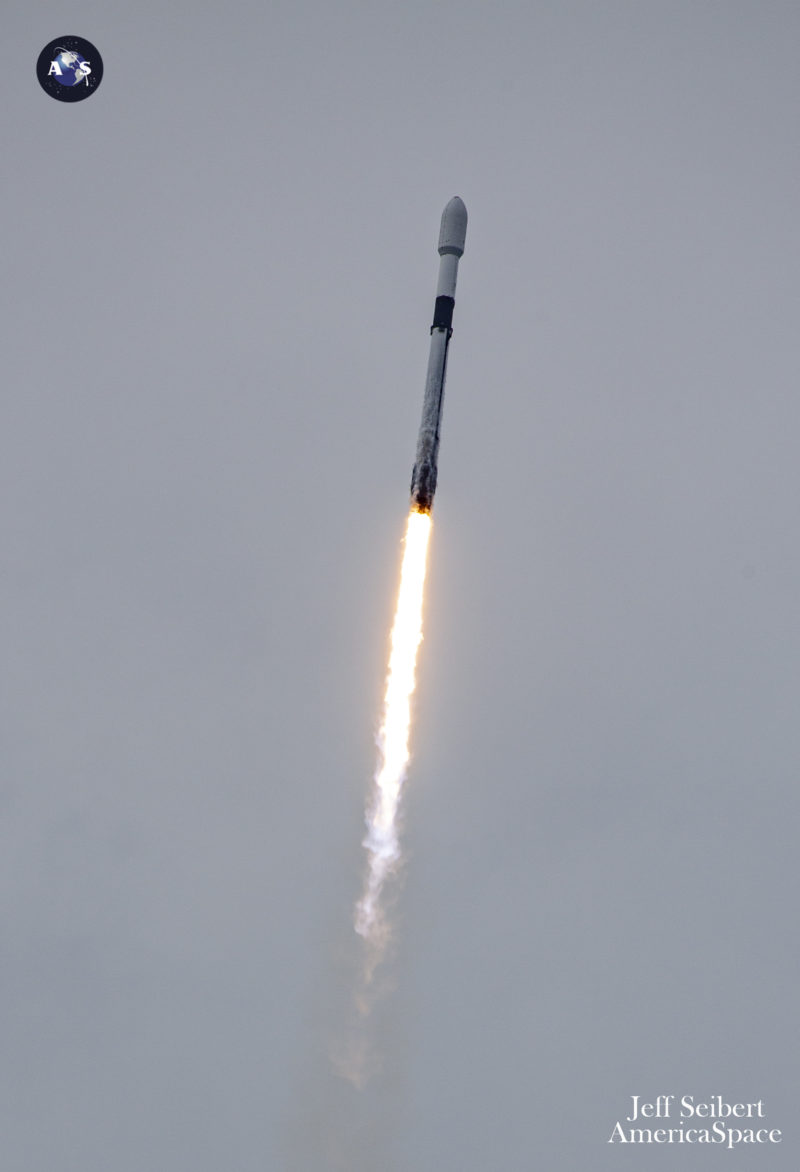

Wednesday's mission, which will take place just after sunrise, will be flown by none other than B1073, the same rocket that dramatically aborted at the T-0 pad on June 14, after previously suffering a pair of consecutive delays due to bad weather. SpaceX teams decided to temporarily suspend it. and reassigned another reinforcement in his place.
Two weeks later, following an exhaustive series of inspections, the problems responsible for keeping B1073 on the ground appear to have been resolved. Tomorrow's launch benefits from a wide T-0 “window” of opportunity, stretching from 2:57 a.m. to 5:59 a.m. EDT. Unusually, if a launch cannot be accomplished on Wednesday morning, crews will stand down for four days, before the next attempt at 12:28 a.m. EDT on Sunday.
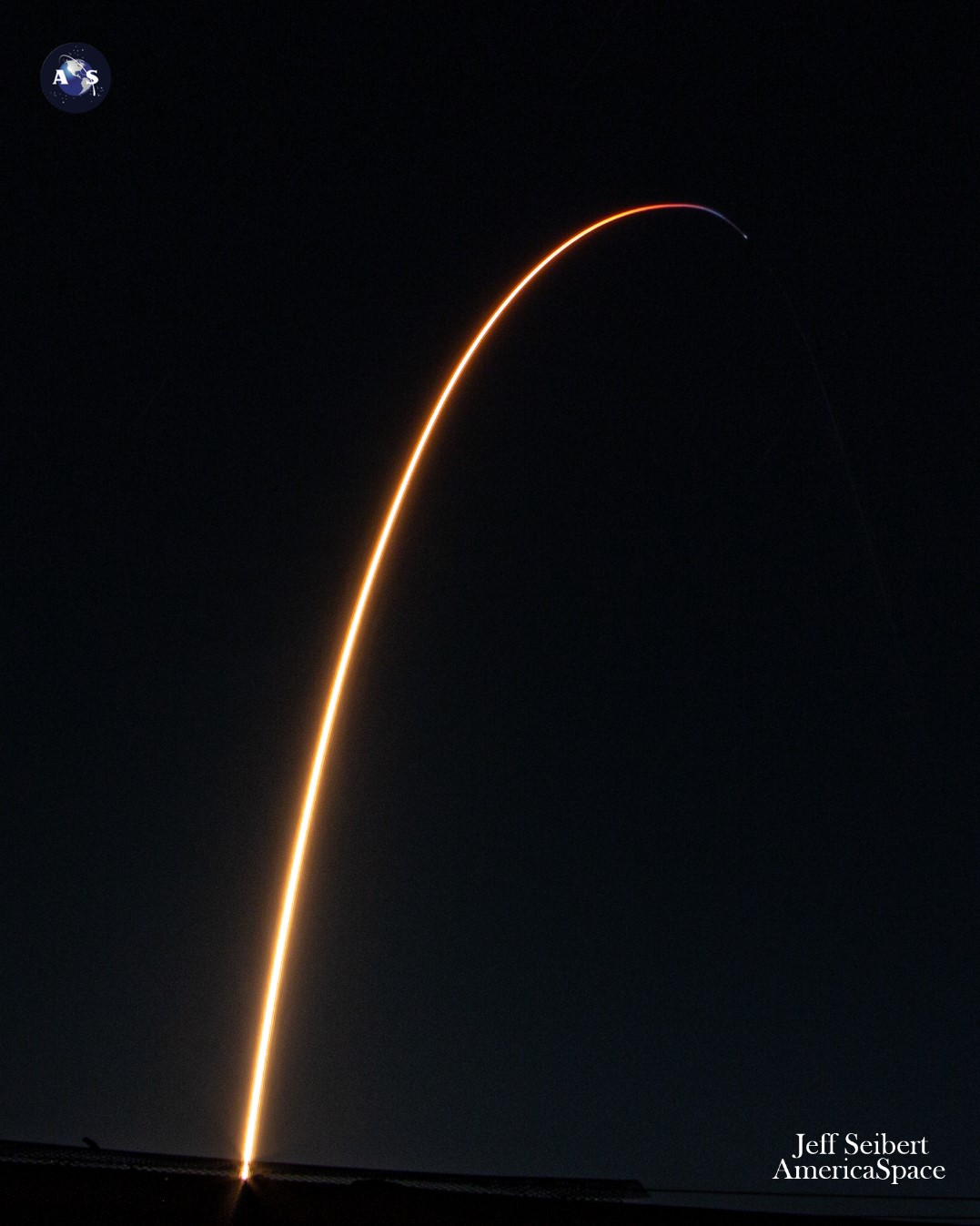

Flying for the 16th time, B1073 entered service in May 2022 and its previous 15 missions have launched more than 340 uphill-packed Starlinks, as well as the SES-22 and Amazon Nexus Geostationary communications satellites in June 2022 and February of last year and launched a mission to the Moon in December 2022 with Japan's Hakuto-R lunar module, the Rashid rover for the United Arab Emirates (UAE) and NASA's lunar lantern searching for water iceIn March 2023, on his seventh missionIt became the most experienced Falcon 9 ever to carry a payload, whether human or cargo, to the International Space Station (ISS). with the CRS-27 Cargo Dragon.
B1073 also compatible The 300th Falcon 9 launch last Januaryhelped consolidate new empirical records in March 2024 for the shortest interval between pairs of throws and a trio of throws and delivered the Bandwagon-1 “rideshare” mission with 11 payloads, including an array of small satellites from the United States, Japan, India, South Korea and Australia, in April. If tomorrow morning’s launch goes well, it will become the ninth Falcon 9 rocket to achieve a 16th flight. Since July last year.
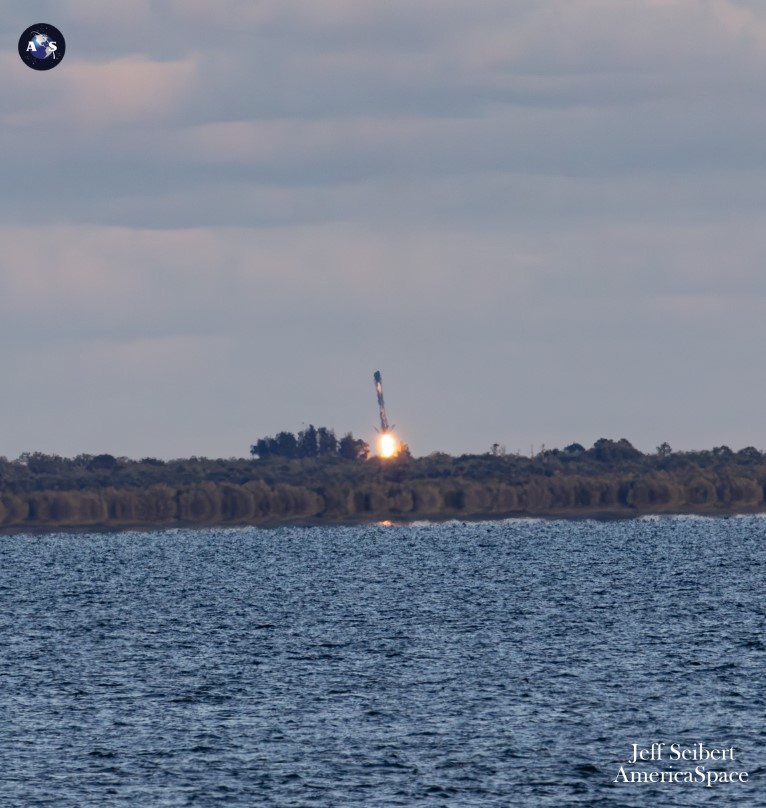

Forecasters with the 45th Weather Squadron at Patrick Space Force Base are predicting an 80 percent chance of acceptable conditions tomorrow, tempered only by the possibility of violating the cumulus rule thanks to the expected arrival of Gulf Stream showers. “A weak boundary is slowly eroding today as it meets a strong ridge over central Florida,” the 45th said in a Tuesday update.
“This will result in showers and thunderstorms primarily west of the Space Coast, which should taper off well before the launch window opens early Wednesday morning,” he added. “However, Gulf Stream showers will begin to move toward the Spaceport as the morning progresses.”


Assuming a timely launch, B1073 will return to Earth on the expansive deck of the Autonomous Drone Spacecraft (ASDS), “A Shortfall of Gravitas,” with deployment of all 20 Starlinks planned to occur about an hour after liftoff. This particular batch includes 13 “Direct-to-Cell” Starlinks, which feature advanced modems and serve, according to SpaceX, as space-based cellular towers to eliminate dead zones with network integration similar to a standard roaming partner.
Numerous Starlinks direct to cells They have been launched since January 2024which would allow network providers to offer “seamless global access to texting, calling and navigation” whether “on land, lakes or coastal waters,” without the need to change hardware or firmware. In total, more than 1,000 Starlinks have been launched since the start of the year, with a total of more than 6,600 in orbit. Since May 2019.


With B1073 flying on the first American space launch of July, ULA also drew attention Tuesday to what could also be the last mission of the month, by announcing the return of the most powerful configuration of its Atlas V — the “551” — numerically designated to identify a 17-foot (5-meter) diameter short payload fairing (SPF), five Graphite Epoxy Motor (GEM)-63 strap-on boosters and a single-engine Centaur upper stage — to deliver the highly secretive USSF-51 payload to orbit for the U.S. Space Force.
No launch window has been announced, with only July 30 identified so far. ULA has also not provided many details about the mission itself, other than that the 195-foot-tall Atlas V 551 will generate 2.7 million pounds of thrust at liftoff to carry USSF-51 to its intended orbital position.
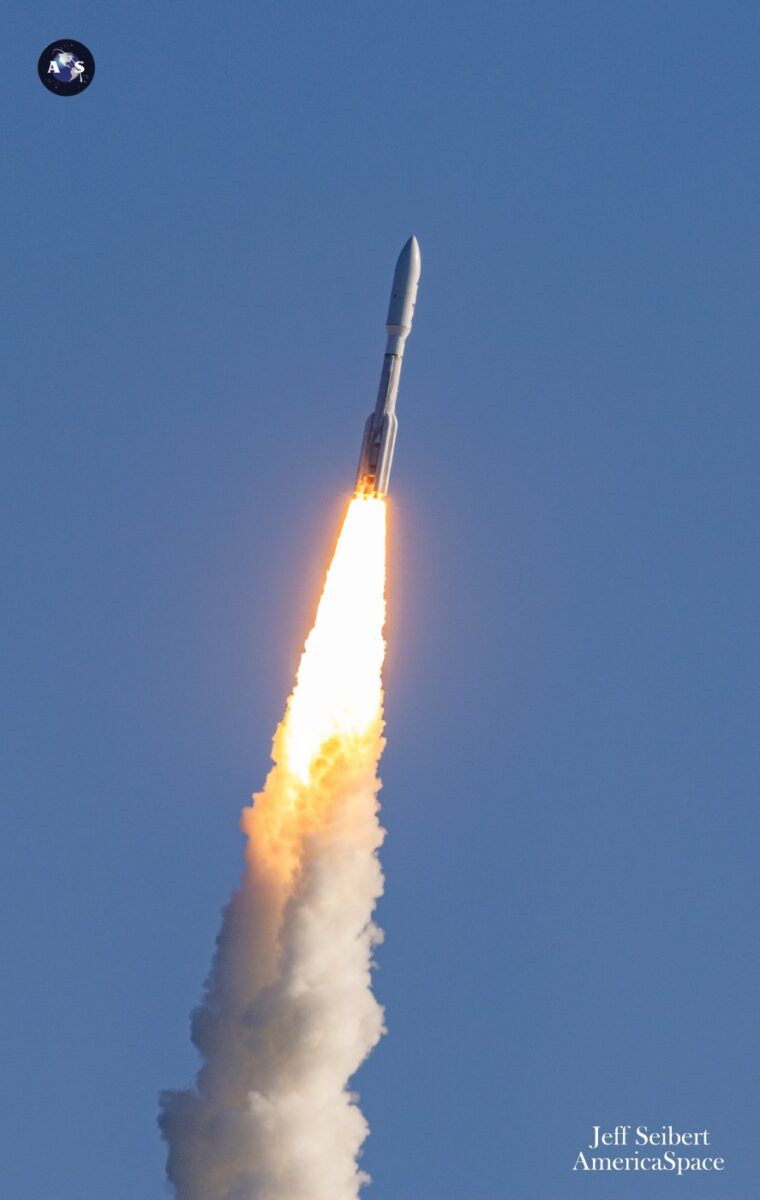

Launch services contracts worth $337 million were awarded by the Space Force in August 2020 and included USSF-51 and another mission, USSF-106, which is scheduled to fly later this fall on the first Vulcan-Centaur National Security launch. Under the original contract language, USSF-51 was initially planned for the second quarter of fiscal year 2022, but was substantially delayed to 2023 and beyond into the first half of 2024, with preliminary considerations that could fly aboard the long-delayed Vulcan-Centaur It eventually fell in favor of the flight-tested Atlas V.
The most powerful heavy-lift aircraft in ULA's Atlas fleet in service, the Atlas V 551 has been appropriately nicknamed “The Bruiser.” It has flown 13 times since January 2006. most recently last September when it launched the classified NROL-107 Silent Barker mission for the National Reconnaissance Office directly into geostationary Earth orbit (GEO), at an altitude of 22,300 miles (35,900 kilometers).


Capable of lifting up to 41,000 pounds (18,800 kilograms) to low Earth orbit and up to 19,600 pounds (8,900 kilograms) to geostationary altitude, the 551 first entered service In January 2006 to launch NASA's New Horizons mission to Pluto and the depths of the Solar System. Most recently, it delivered The Juno orbiter to Jupiter in August 2011, as well as five Mobile User Objective System (MUOS) narrowband military communications satellites between February 2012 and June 2016Air Force Space Command's former AFSPC-11 joint manifest mission in April 2018 and the last three members of the Advanced Geostationary Extremely High Frequency (AEHF) network.
ULA has revealed a typically clipped summary of USSF-51 flight milestones, stretching only to the first three minutes of the mission. After liftoff, the Atlas V will race uphill, exceeding the speed of sound and experiencing peak aerodynamic turbulence on its fuselage — colloquially called “Max Q” — one minute into ascent.
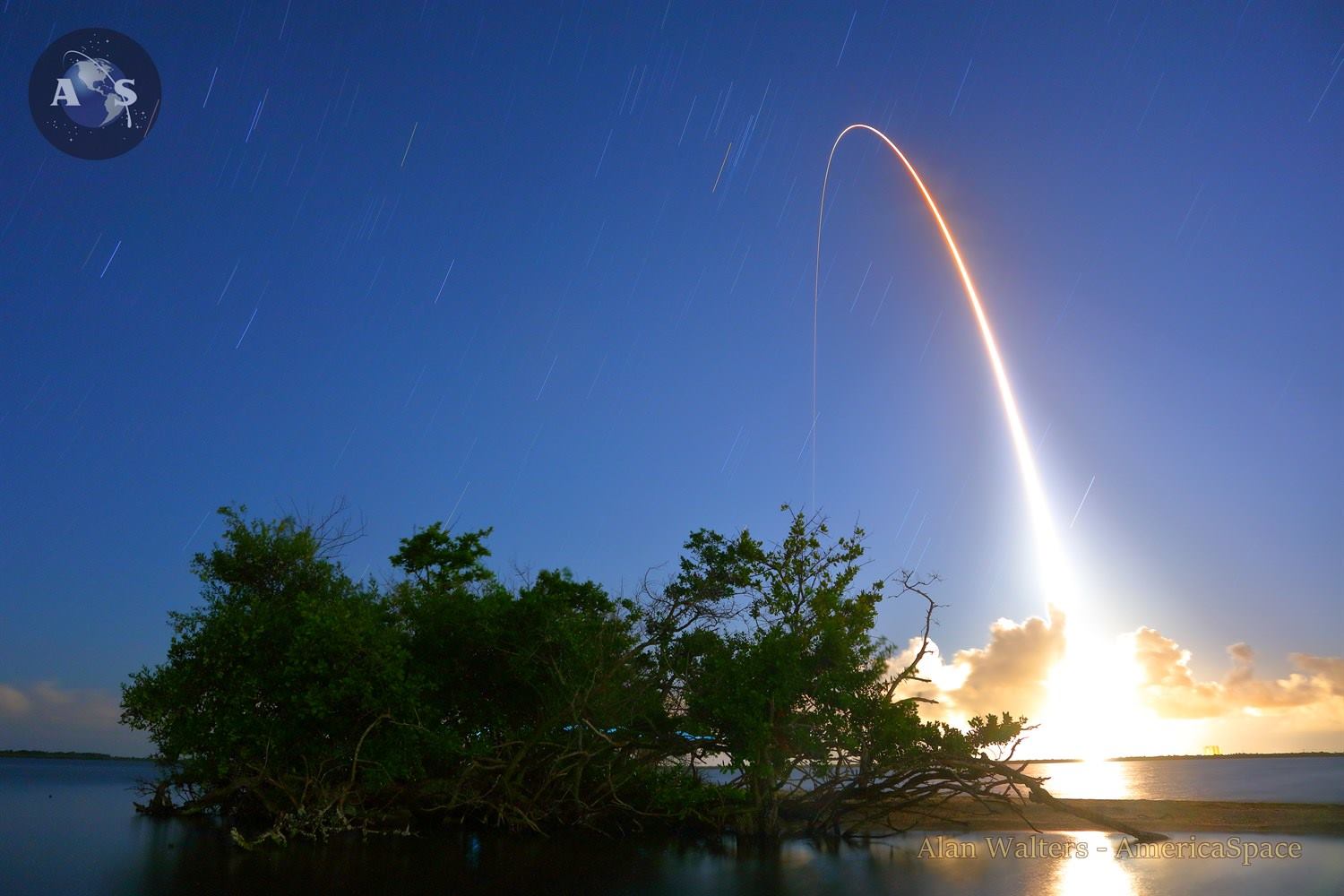

The five GEM-63 boosters, which together generate 1.8 million pounds (815,000 kilograms) of thrust, will separate sequentially about 104 seconds after liftoff and the SPF will be jettisoned after three minutes, exposing the USSF-51 payload to the harsh ultra-vacuum environment for the first time. ULA has not disclosed other details about the burn time of the Atlas V common core booster (CCB) single RD-180 engine or the number or duration of Centaur upper stage burns.











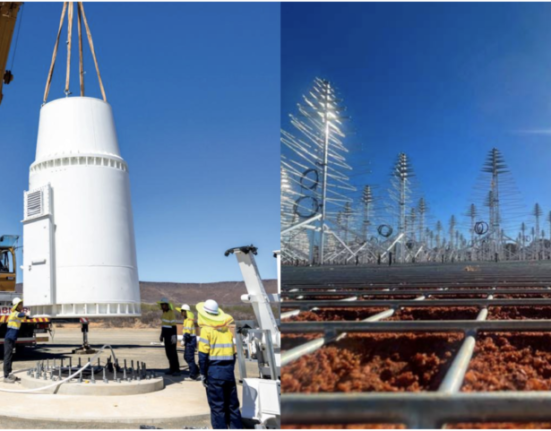
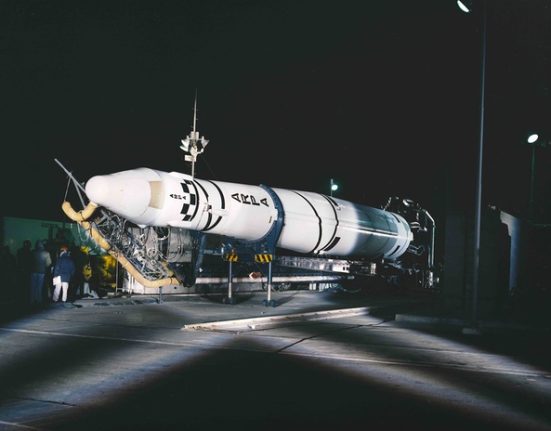
Leave feedback about this